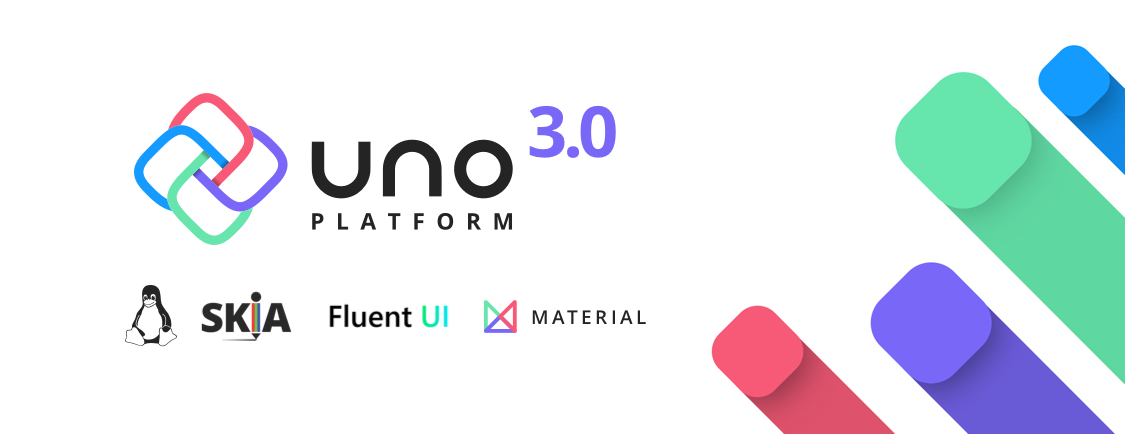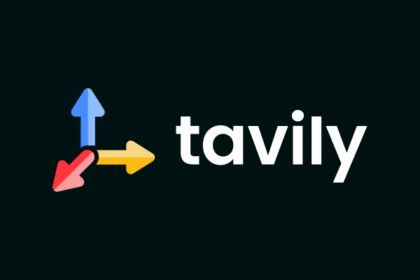While the AI boom has given rise to a wave of low-code, “build an app in a weekend” tools for hobbyists, Uno Platform is steering in the opposite direction, targeting the heavy hitters of enterprise development.
The Montreal-based company builds a cross-platform .NET development suite that lets you write code once and deploy it across Android, iOS, Linux, and Windows. In other words: one codebase, five platforms, no hair-pulling.
“If you’re coding something once and it works on five different platforms on desktop, web, and mobile, you’re getting 5x the productivity already,” co-founder and CEO François Tanguay told TechCrunch.
In a sea of playful, consumer-facing dev tools like Lovable and Cursor, Tanguay wants to make sure enterprise developers get the same productivity magic, but with the power and stability their work demands.
“Everything we are shipping hasn’t been done before,” he said. “We have a clear roadmap for adding capabilities that make everybody 10x faster. Nobody’s capturing that market yet in the enterprise space.”
That focus is paying off. The two-year-old startup just raised C$3.5 million (US$2.54 million) in seed funding, co-led by AQC Capital and Desjardins Capital, with backing from Microsoft VP Scott Hanselman and other angel investors.
Related: Don’t Know Code? No Problem. Google is Testing Opal a Tool That Builds Apps from Prompts.
The cash will fuel two big launches: Uno Platform Studio, a premium tooling tier, and Hot Design, a feature that lets developers pause a running app and change its interface in real time, like hitting “edit” on an app mid-flight.
Uno’s origin story starts long before its 2023 official spin-out. Tanguay founded Nventive in 2008 as a consulting agency building apps during the mobile gold rush. Eventually, the team built a suite of internal tools to speed up client projects. That toolbox evolved into Uno Platform, launched as open source in 2018 to keep up with the breakneck pace of OS updates.
It worked. With over 100 million downloads and more than 300 contributors, Uno grew far beyond what a single team could have built alone.
Today, Uno Platform counts Toyota, Microsoft, and TradeZero among its enterprise customers, proof that the big players see value in building once and deploying everywhere. The bigger question? As low-code tools gain traction in the hobbyist space, could enterprise-first platforms like Uno quietly redefine how mission-critical applications are built?







